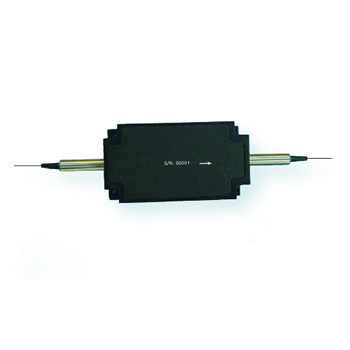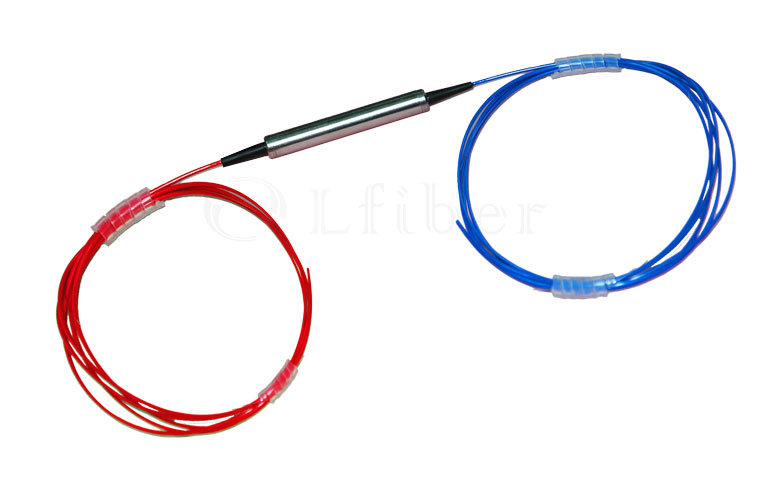
I have a working Tek scope to verify things. Replace with discs if need be? Any help appreciated. 1 1600vwith a circular stripe at one end schematic doesn't show them as electrolytic just paper. 1600v to resistor r408 on voltage doubler side but drops way down on the side feeding the cathode. My HV in the power supply isn't making it to the cathode of the oscilloscope. On 4:21 PM, Kent Vandenberg via groups.io wrote: On 5:09 PM, Mike W5RKL via groups.io wrote: 1ġ600vwith a circular stripe at one end schematic doesn't show themĪs electrolytic just paper. 1600v to resistor r408 on voltage doubler side butĭrops way down on the side feeding the cathode.

My HV in the power supply isn't making it to the cathode of the I just overhauled a Heathkit audio amp that had power supply capacitors that looked exactly like those.1 1600V capacitors (different values of course) and they were electrolytic. Subject: Re: Heathkit IO-4540 power suppy problem I don't know about using disc caps in that application. They used pretty much the same HV schematic/caps in several of their scopes. It didn't matter how theĬapacitor leads were connected, I did not notice any difference in the One I followed the test results but the other I did Scope HV capacitor replacement using the same Mouser film Cornellĭubliier capacitor. Now, having said all that, I've performed the above test on 2 different Original capacitor's banded lead connected to. Produced the lowest noise pickup is the lead that connects where the The scope probe's ground lead connection to the capacitor lead that

#Heathkit 4540 optical isolator manual#
Swap the scope probes connections to the capacitor and repeat step 3 IO-4540: 5MHz Triggered Oscilloscope Schematic and block diagram - poor quality : 4.8 MB: IO-4541: 5MHz Portable Oscilloscope Partial manual : 1.4 MB: IO-4550: Dual Trace Oscilloscope Complete manual : 4.6 MB: IO-4555 / SO-4555: 10MHz Single Trace Oscilloscope Complete Manual : 8.2 MB: IO-4560: Oscilloscope Complete manual : 60.0 MB: IOA-4200. Note the level of noise displayed on the scope and the lead theĥ. Hold the capacitor body with your fore finger and thumb.Ĥ. Connect the scope probe across the capacitor.ģ. Set your scope input signal level to it's lowest level setting andĢ. If you are interested, you canĭetermine which lead will connect to ground or where the originalĬapacitor banded lead connected to by using a scope and your foreįinger and thumb by performing the following simple test.ġ. To the inner capacitor material that provides a "Shield" to lower the The ring around the end normally connects to ground. The "circle" around one end is not a "positive or negative" indicator. I use the Cornell Dubilier caps in my HO-10/13 and SB-610 Mouser sells them under part numbers:Ġ in stock, 175 on order expected to arrive Note that you can also receive the articles in the form of a newsletter or with an RSS feed.Those 0.1ufd 1.6KV caps are not electrolytic, they are filmĬapacitors. You may link to this page and cite it, because its location is permanent. This article is a posting of the Photonics Spotlight, authored by Dr. The degree of isolation possible with that setup can be substantially higher than with a Faraday isolator alone.īut of course this works only when your setup can work with circularly polarized light and does not change the polarization of back-reflected light. Normally, it would get through this and be blocked only by the input polarizer. There is a way to combine both methods: just place a λ/4 waveplate after a Faraday isolator, again with 45° of its axis against the polarization direction.Īssuming that the polarization state of the back-reflected light has not been changed, the waveplate will transform that into linearly polarized light such that the light cannot pass even the output polarizer of the isolator. Its polarization direction is rotated by 90°, so that it will be blocked by the polarizer and thus cannot get back to the laser source. Send the beam through a polarizer first, then through a λ/4 waveplate, with the waveplate's axis being oriented at 45° against the polarization direction.Īny light reflected back after the waveplate will do a double pass through it, so that it effectively sees a λ/2 plate. Mostly, Faraday isolators are used for this purpose.īut there is a simple substitute, which will do the job in some cases: Sometimes we need an optical isolator for suppressing back reflections from a device which might, for example, disturb a laser source. Ref.: encyclopedia articles on Faraday isolators and waveplates However, this approach has its limitations. Rüdiger Paschotta, RP Photonics AGĪbstract: It is explained that a simple combination of a polarizer and a quarter waveplate can sometimes be used instead of a Faraday isolator.

Posted on as a part of the Photonics Spotlight (available as e-mail newsletter!)Īuthor: Dr.


 0 kommentar(er)
0 kommentar(er)
